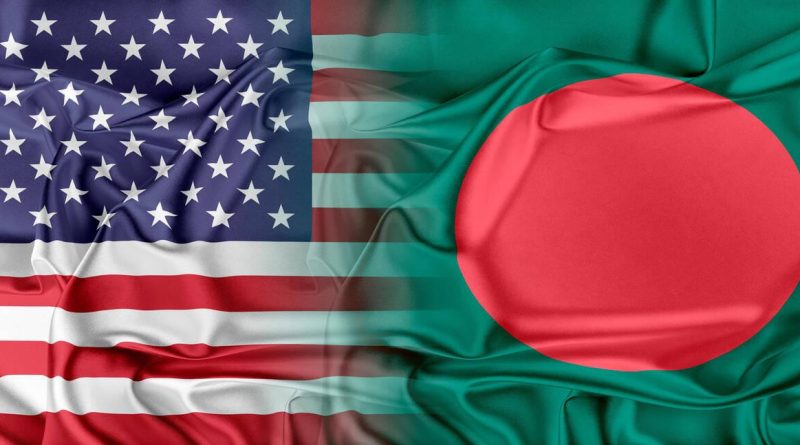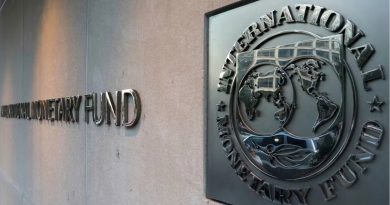The recent decision by the United States to impose a reduced reciprocal tariff of 20 percent on Bangladeshi exports is being seen as a relatively favorable outcome by trade experts, economists, and exporters. While the lower rate helps Bangladesh stay competitive with regional peers, experts caution that the trade-offs required to secure this concession could weigh heavily on the country’s economic and policy framework.
A Competitive but Costly Deal
Originally, the US had proposed a 35 percent tariff on Bangladeshi exports—a level that, if implemented, would have dealt a serious blow to Bangladesh’s key export sectors, especially ready-made garments (RMG). The eventual 20 percent rate, though still high, is viewed as a relative victory.
Dr Zaidi Sattar, Chairman of the Policy Research Institute (PRI), called the outcome “decent, though not superb.” While the uniform tariff across all export categories is far from ideal, it keeps Bangladesh in line with competitors like Vietnam, Cambodia, and Pakistan. “Our main competitors are in the same boat, or even worse off,” he said, adding that Bangladesh now needs a strong trade relationship with the US as low labor costs are no longer a sufficient competitive advantage.
Tariff Reduction Brings Relief to Exporters
Professor Mustafizur Rahman, Distinguished Fellow at the Centre for Policy Dialogue (CPD), noted that the 15-percentage-point reduction from the proposed 35 percent rate provides some breathing room for Bangladeshi exporters. “This reduction helps avoid a severe erosion in our export competitiveness,” he said.
However, he warned that the concessions made to obtain this relief—many of which remain undisclosed due to confidentiality clauses—carry significant implications. Among the known commitments: Bangladesh has reportedly agreed to purchase 25 Boeing aircraft, boost imports of US wheat and LNG, and implement reforms in intellectual property rights and labor standards.
“These commitments will have long-term implications for our fiscal position and policy autonomy,” he said, raising concerns about their impact on relations with other key trading partners like China and Russia.
Fiscal Implications and Policy Risks
According to Professor Rahman, the commitment to buying Boeing aircraft alone could cost an estimated Tk 500 billion. Increased imports of high-cost items like LNG and wheat could further strain public finances. There are also concerns about whether similar tariff concessions would need to be extended to other WTO members under the principle of non-discrimination, potentially eroding customs revenue.
Exporters’ ability to remain competitive will also depend on how much of the tariff burden can be transferred to US buyers, he added.
A Strategic Advantage—For Now
Dr Selim Raihan, Executive Director of the South Asian Network on Economic Modeling (SANEM), welcomed the tariff cut as a positive development for the RMG sector and overall exports. “The new tariff aligns Bangladesh more closely with its competitors in the US market, reducing the risk of trade diversion,” he told The Business Post.
Still, he emphasized that global trade uncertainty remains, particularly as the US has yet to finalize reciprocal tariffs on Chinese exports. “If China faces significantly higher tariffs, Bangladesh could benefit from trade diversion. But if China secures more favorable terms, competition could intensify,” Dr Raihan noted.
RMG Sector Gets a Breather, But Pressure Remains
Dr Mohammad Abdur Razzaque, Chairman of the Research and Policy Integration for Development (RAPID), called the tariff outcome a “relief,” particularly in preserving parity with other exporters. “It ensures a level playing field,” he said.
However, he stressed the importance of understanding the full scope of Bangladesh’s policy commitments. “We need clarity on what we’ve agreed to in order to assess whether this outcome truly aligns with our long-term trade and development interests.”
He also warned that although the reduced rate lowers immediate pressure on the RMG sector, the total tariff burden remains substantial. “If the duty on garments is now 20 percent, up from the previous 15 percent, it could raise costs for US consumers by up to 10 percent—especially if Bangladeshi exporters absorb part of the added cost.”
Looking Ahead
While the tariff cut helps Bangladesh maintain its foothold in the US market, experts agree that this is no time for complacency. Regional rivals such as Vietnam and Cambodia remain formidable competitors. To remain competitive, Bangladesh must strengthen its institutions, reduce business costs, and continue to push for trade diversification and policy coherence.
The broader geopolitical and economic implications of the deal are yet to be fully understood—but one thing is clear: the price of market access is rising, and Bangladesh must carefully balance short-term gains against long-term obligations.






